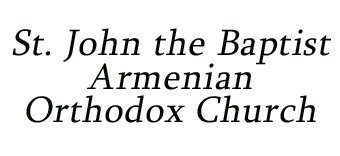KEEP SWINGING
Sometimes in life, we feel like we’re up against impossible odds. We’ve given it our all, but the breakthrough seems far off. We’re like a baseball player who keeps swinging but can’t seem to hit that home run. It’s in those moments that we need to dig deep, trust in God’s plan, and remember that victory might be just one swing away.
Last Saturday, with the parishioners of Holy Virgin Mary and Shoghagat Armenian Church we had a day out at the ballpark to watch the St. Louis Cardinals. The Cardinals are a team that knows something about perseverance…
